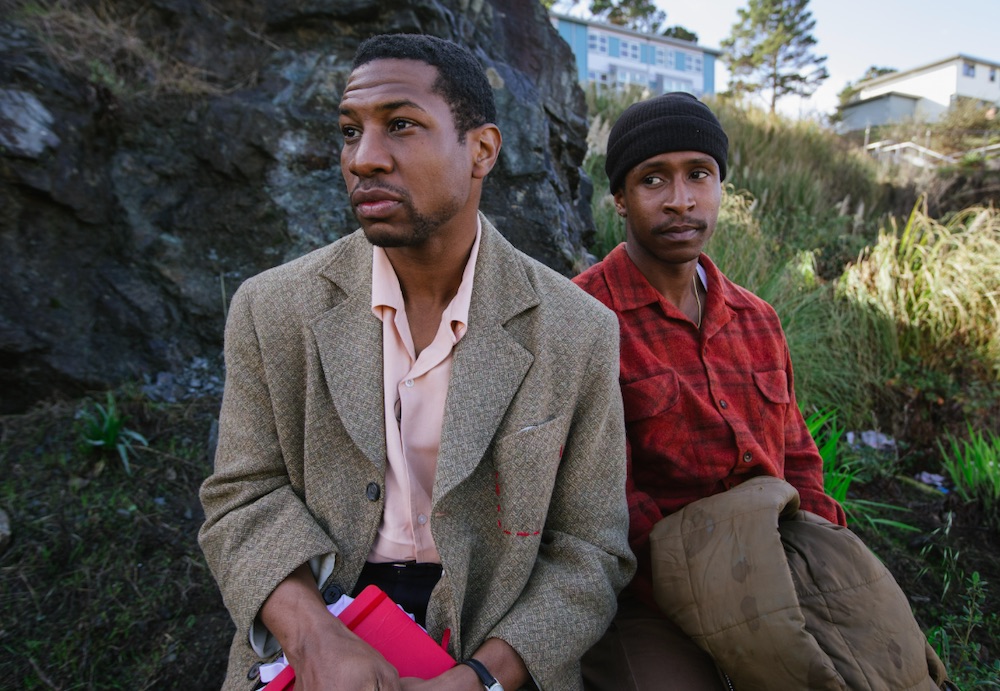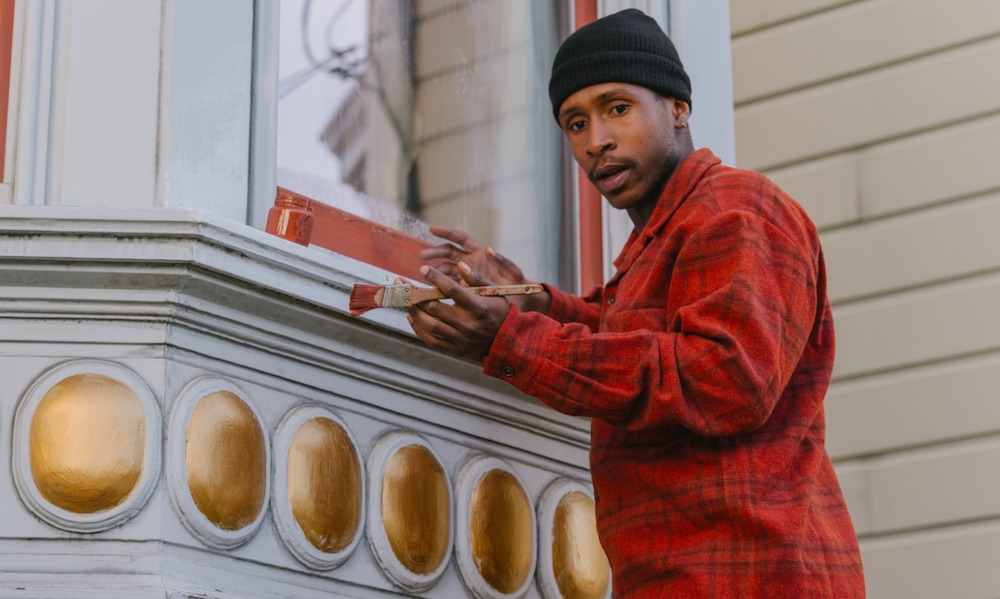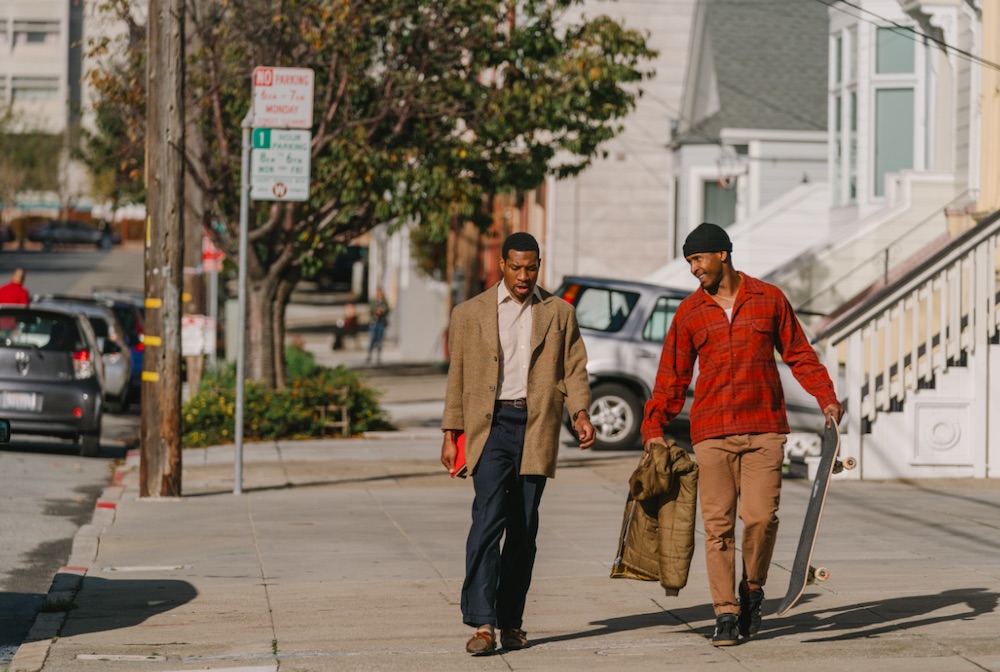The Last Black Man in San Francisco is Partially Based on Jimmie Fails’ Life
Directed by Joe Talbot, A24’s ‘The Last Black Man in San Francisco’ is a drama film that follows the story of a young man named Jimmie Fails, who is deeply attached to the house he grew up in. Only he and his family had to leave the house when they couldn’t afford it anymore, and…
Directed by Joe Talbot, A24’s ‘The Last Black Man in San Francisco’ is a drama film that follows the story of a young man named Jimmie Fails, who is deeply attached to the house he grew up in. Only he and his family had to leave the house when they couldn’t afford it anymore, and it now belongs to someone else.
Going back to the days when he still called that house home, Jimmie feels the need to reconnect with that part of his life again, which leads him down a very nostalgic road while also reflecting on his current life. Considering that the actor who plays Jimmie Fails is called Jimmie Fails in real life, the viewer is bound to wonder if the actor portrays himself in the film.
Jimmie Fails’ Semiautobiographical Story is Entirely “Emotionally True”

‘The Last Black Man in San Francisco’ is penned by Joe Talbot and Rob Richert, based on Jimmie Fails’ real story. They took the basic premise from Fails’ story and then spun it into a contemplative study of what home means to people. According to Fails, the film is about 20 percent close to the truth, but even the parts that are made up are based on real-life situations inspired by either Fails’ experience or that of someone he knew.
In the movie, Jimmie Fails starts living in a Victorian house whose owners are away for a while because it’s the house that he used to live in before his family was forced to move out. This part is taken directly from Fails’ story. He used to live in a house that his grandfather had bought in the Filmore District. When he died, the family couldn’t keep up with the rising prices and had to give it up. Fails had to live in group homes after this, and moving around a lot made him go back to the permanence that his house used to be. When he talked about it with his friend, Joe Talbot, it was found that this story would make a good film, mainly because it has compellingly universal themes.
Why Jimmie Fails was Perfect For the Role of Jimmie in the Movie
The duo started with a short and then a short film and eventually found funding for their movie. When it came to casting the characters, they were hell-bent on keeping Fails as the protagonist. Talbot revealed that the studios they’d approached talked about getting a more famous and well-known actor in the role, but he knew that no one could play Jimmie Fails better than Jimmie Fails.

Explaining why he didn’t relent on this decision, Talbot explained: “Not only has [Fails] been starring in my movies since we were kids, but he’s the f-ng quintessential San Franciscan. He had one foot in every world growing up. Every kid in S.F. knew Jimmie. He was the only one who could do this justice. Everyone who came on to this project, they came on because of him. They wanted to help him tell his story. He set the tone.”
This decision also felt right because most of the film was based on Fails’ experiences. According to the director and the actor, there are several scenes and characters that they picked directly from real life. However, Mont’s character, played by Jonathan Majors, evolved in a different manner. It was initially based on one of Fails’ friends, but when the creative duo met Majors, “he sort of became [their] third brother, and so [they] really made that character into someone who’s completely his own.”
Calling it a love letter to San Francisco, Talbot and Fails explained that despite the fictional parts in the story and the changes they might have made for dramatic effect, their sole intention was to keep it emotionally true. They wanted every part of the story to feel real to the audience, so even if there was something made up, it was at least loosely inspired by some real thing that might have happened to someone else.
The Location Becomes Another Character in the Story
When the time came to film it, Talbot and Fails knew that location would play an essential part because it was basically another character in the story. They needed a perfect house for Fails’ character to squat in, and they found one in the Shotwell Historic District. Talbot used to go past the street in his childhood and recognized a home he’d often see. When he approached the owner of the house, Jim Tyler, he realized that Jim’s story might have some similarities with Jimmie’s. “He felt Jimmie-like in that way. A man that has put all of this life into this property,” Talbot explained, adding that Tyler spent a good part of his life on the upkeep and restoration of the house.

In the same vein, Fails and Talbot resorted to real locations in San Francisco to film their movie. Having grown up in the city and having spent a lot of their younger days skateboarding around the neighborhood, they were deeply familiar with the territory. This gave them a sense of what they wanted the film to look like and what streets they’d have to film on to give a scene its character.
Apart from the longing for one’s home, the film focuses on the gentrification of communities and how it drives the locals out of the places they used to call home. San Francisco has seen the impact of gentrification and is one of the most expensive places in the US to live in. Fails and Talbot bring out that issue in the film, but they also don’t “want to blame anything on anyone” or tell anyone “where they can go with their money, or where they can move.” At its core, their story is about San Franciso, and their love for the city is what makes them so critical of it. “We wanted to depict it in a way that felt real and authentic to people that we grew up with,” Talbot added.
For Fails, the experience of making the movie was very tough at times because some scenes were taken directly from his life, and it was emotionally heavy to film those scenes. But he also called the whole experience cathartic. “Because it’s based on my life, there was a lot of stuff I got to cry out that I didn’t get to cry out at the time. I’d shoot a scene, and then suddenly, I’d have to go around the corner, and I’d be just bawling. I really felt older after I made that movie. Like I had matured, you know. Like I had come out the other side of something,” he said. This shows how deeply the film is connected to Fails’ real-life experiences and how his own longing for his childhood home reflects in his character in the movie.